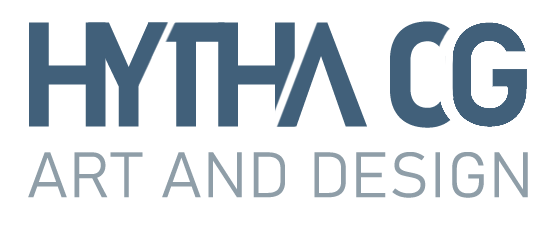The Drake
The raw photo annotated.
Welcome to the first editing blog post! I have been sharing my process through Instagram stories for years, but I never was satisfied with the format. I could only fit so many words on the small little screen, and it was clumsy without spell check. After doing my bike trip blog, I realize how useful this format can be. I will continue to post brief process stories on Instagram, and I will include a link to the blog post here if you would like a more in-depth look at the steps involved for each image.
Lets get started!
First, I would like to share my contact sheet. I took a few photography classes at Drexel, and we would always print out contact sheets showing all our shots. This was a helpful step in choosing which images to work on. Seeing images in print always brings to light unseen elements and ideas. Unfortunately, this isn’t print, but this digital contact sheet does help understand the shots that led to the final image. I took 21 photos in total at this location. These images were shot on top of a parking garage adjacent to the Drake with morning light. You can see I shifted from one corner of the garage to the other as you scan down the images. This later composition was more pleasing to me. I waited as several subjects walked through the light in the scene. Once I saw this women walk by in all black, with a brown bag, I knew I had the shot. I am just looking for minimalism in my subject. I don’t want any graphic T’s or crazy colors. This lady in black contrasted with the scene perfectly.
I always start by setting my composition in Lightroom, then opening in Photoshop. In photoshop, I start off by cleaning up the scene with the clone stamp brush. Above, you can see the before and after of this process. With each element in the frame, I ask myself, “does this help the composition or story of the image?” If not, I remove it. This level of distraction removal starts to add a surreal, painterly effect. We are not used to seeing a city so polished, something about the image just feels “off” in just the right ways.
Next, I created more depth in the image by darkening the far right corner. I used a curves adjustment layer for this, and I just painted in the effect. It is always hard to create lighting from scratch. It is best to get the best light when you are shooting. This scene had great morning light to start, and it was really the light that drew me to the composition. While this effect is quite strong, it is accentuating the light that was already present to some extent.
I really love the fancy letters on the sign. I selected the letters that were in the light, and brightened them to make them pop. I also darkened the background of the text. Again, I am accentuating the light that was already there.
I added darkness, so now I need to add some light. A quick note - a big part of my process is local adjustments rather then applying an effect to the entire image. You can crank the contrast slider, but the effects are usually unsavory. My approach is to create contrast through local adjustment. I select areas of light and areas of shadow individually, and control their values with curves to create a well balanced scene. Now, the above image features two steps. First I used curves to exaggerate the pool of light on the street. I loved this geometric shape in the composition, and knew I wanted to highlight it. Next, I darkened the shadow. This harsh contrast of bright light and dark shadow helps bring your eye to the subject of the photo.
The final step is a filter I developed, and a color grade that pushes all the tones to the red orange color. I started to really enjoy monochromatic color schemes, and how they make my feed look as a collection of image. Below is the final image, feel free to leave a comment with questions, feedback or critique!








